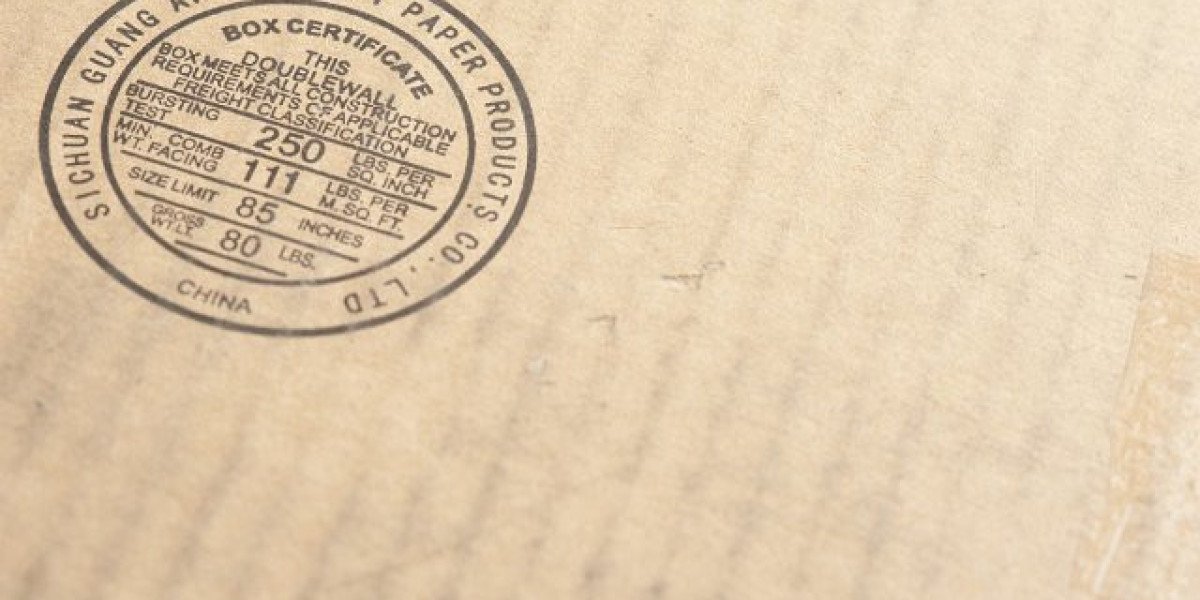The global shift toward high-efficiency electric mobility is fueling strong growth in the High-Speed E-Motor Bearing with Ceramic Balls Market. As electric motors become faster, lighter, and more thermally demanding, ceramic ball bearings have emerged as critical components enabling superior rotational speeds, reduced friction, and extended operational lifespan.
Advanced bearing technologies are gaining significant traction as manufacturers and engineering teams seek performance solutions that support thermal stability and high-speed endurance. Ceramic balls, known for their hardness, light weight, and electrical insulation, are increasingly integrated into next-generation e-motor platforms across automotive, industrial, and renewable sectors.
According to Research Intelo’s latest assessment, global demand for these bearings is expected to rise consistently due to rapid EV penetration, drivetrain optimization trends, and the need for reliable components that maintain integrity under extreme operational conditions.
https://researchintelo.com/request-sample/56703
A major driver for market expansion is the exponential growth of electric vehicles. High-speed e-motors rely heavily on ceramic ball bearings to minimize friction losses while maximizing rotational efficiency, making these bearings indispensable for meeting EV performance and range expectations.
Additionally, the increasing utilization of compact e-motors in autonomous mobility, drones, robotics, and industrial automation is creating a diverse demand landscape. Industries are prioritizing components that deliver lightweight construction, high rigidity, and reduced heat generation—key features of ceramic ball bearings.
Another notable driver is the rise of energy-efficient powertrains. As manufacturers aim to reduce operational noise and enhance long-term durability, high-performance bearings become essential for achieving optimal load handling and vibration resistance in fast-moving mechanical systems.
However, cost remains a primary restraint. Ceramic ball bearings are more expensive to produce compared to traditional steel bearings due to advanced material processing, precision engineering, and manufacturing complexities. This price barrier can limit adoption across cost-sensitive market segments.
https://researchintelo.com/report/high-speed-e-motor-bearing-with-ceramic-balls-market
Opportunities are emerging rapidly as electrification accelerates. High-speed ceramic bearings are increasingly integrated into premium EV platforms, electric aircraft prototypes, industrial automation systems, and ultra-high-speed mechanical assemblies. These opportunities highlight the long-term role of ceramic materials in shaping high-performance e-motor ecosystems.
The market also aligns with global trends seen in the Study Abroad Agency Market, particularly in how both industries benefit from increased consumer engagement, awareness growth, and cross-border technological knowledge transfer. As engineering talent expands globally, so does the demand for advanced components such as ceramic ball bearings.
Research Intelo reports that Asia-Pacific is poised for the fastest market growth due to rising EV manufacturing hubs, expanding industrial automation, and greater adoption of e-mobility solutions. Meanwhile, Europe and North America maintain strong shares due to established electrification infrastructure and high investment in advanced engineering.
Key highlights shaping market performance include:
Rapid adoption of high-speed ceramic bearings in EV drivetrains
Increased reliance on lightweight, low-friction components
Advancements in ceramic manufacturing and sintering technologies
Expanding use cases in aerospace, robotics, and industrial automation
Research Intelo indicates that the market will continue strengthening as global industries prioritize energy efficiency, speed, and operational stability in electric motor applications.
https://researchintelo.com/request-for-customization/56703
Technological innovation remains at the forefront of the High-Speed E-Motor Bearing with Ceramic Balls Market. Advanced engineering processes, including ultra-precision grinding and enhanced hybrid bearing designs, are enabling manufacturers to deliver components capable of sustaining extreme RPM levels with minimal wear.
Material science advancements also play a critical role. Silicon nitride ceramic balls are becoming standard in premium high-speed applications due to their unparalleled hardness, thermal resistance, and electrical insulation capabilities. These attributes make them ideal for preventing micro-welding and reducing lubrication breakdown under heat-intensive environments.
Growing awareness of the operational advantages of ceramic bearings is influencing purchasing decisions across industries. End users are recognizing benefits such as reduced maintenance cycles, enhanced performance stability, and improved power consumption efficiency—attributes that support long-term cost savings.
In emerging markets, the rise of EV startups, robotics manufacturers, and renewable energy equipment suppliers has created significant growth opportunities. Many new enterprises favor advanced bearing technologies as part of their innovation strategies, further expanding global demand.
The market is also benefiting from investments in automation, energy storage systems, and high-speed industrial drives. These applications require robust bearing solutions capable of supporting demanding mechanical workloads while sustaining continuous operational uptime.
As global industries pursue reliability and performance excellence, the High-Speed E-Motor Bearing with Ceramic Balls Market is expected to remain a critical contributor to next-generation engineering advancements. Research Intelo forecasts a positive growth trajectory supported by electrification trends, material innovations, and the need for high-precision components.








